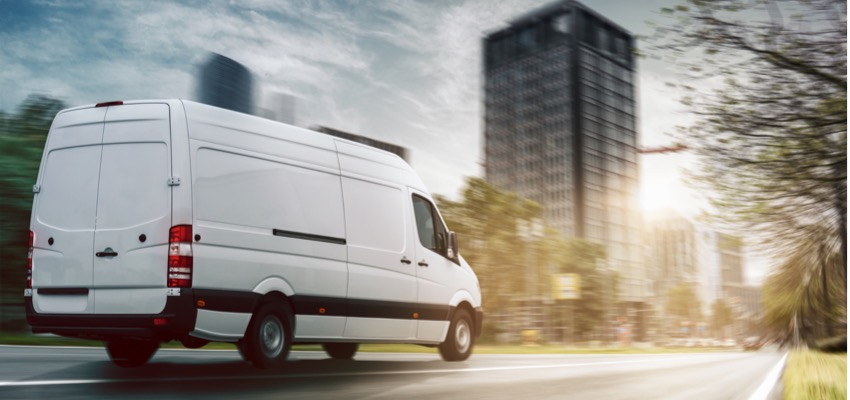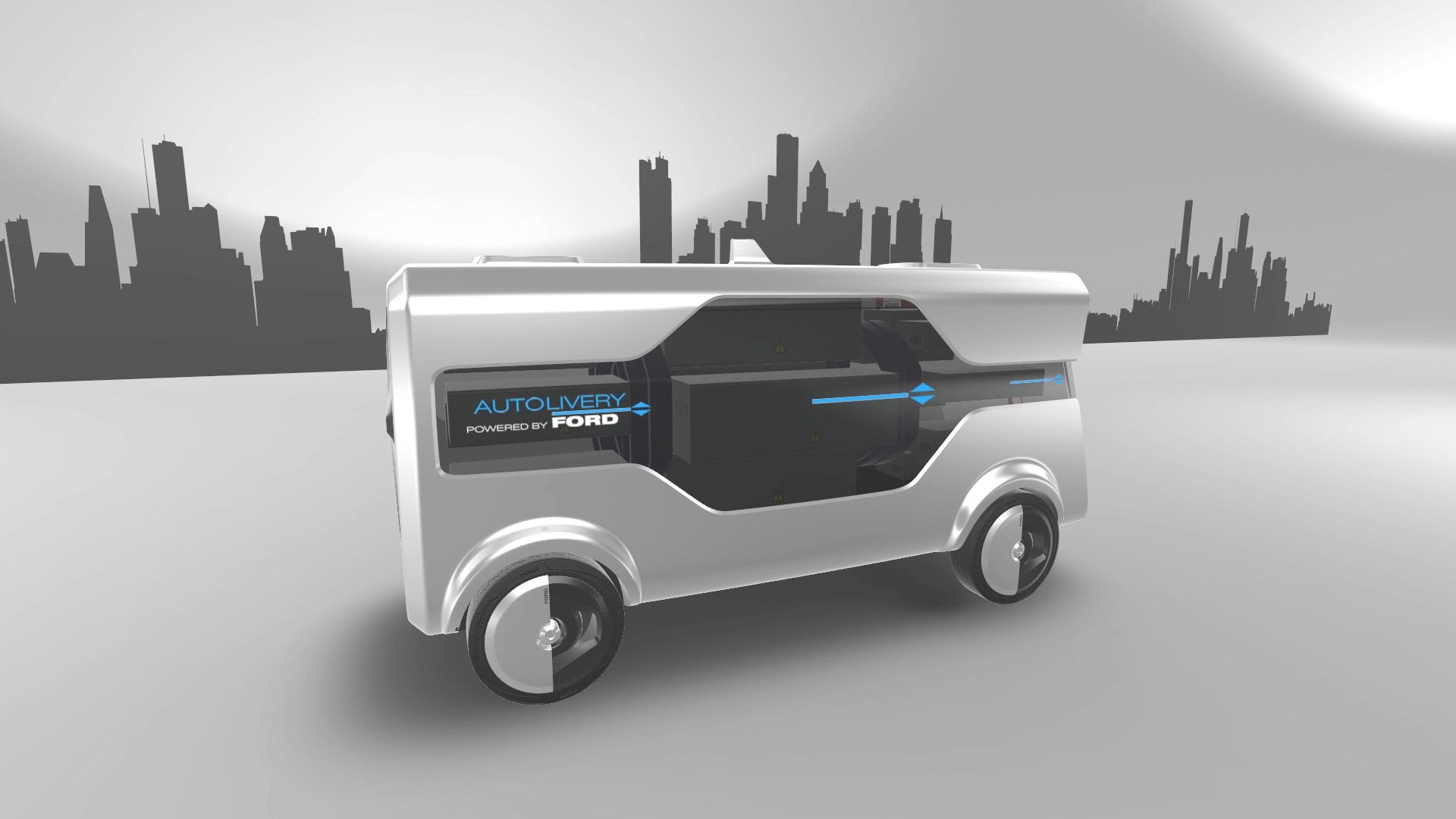Running your business

Delivering the goods, but who should pay?
In Running your business
Bookmark
Record learning outcomes

Charging for delivery is standard practice in virtually every other industry, so it’s hardly surprising that this once free service offered by many pharmacies has become a paid-for provision in recent years.
The big four chains have now all implemented some form of charging regime for deliveries. Lloydspharmacy, Rowlands and Well all set a fee scale for certain deliveries in the past two years, with Boots joining the ranks in recent months by charging customers for delivery of prescriptions ordered in-branch. The general consensus from the multiples seems to be that patients have not been deterred by the charges, but how has the multiple action impacted on smaller chains and independents, as well as the partner businesses – such as fleet service companies – that they work with?
CitySprint is one of a number of organisations providing a national prescription collection and delivery service for pharmacy. In a recent survey of 350 community pharmacists they found that pharmacies are spending an average of 11 hours per week on delivery processes which, they say, based on the average income of a pharmacist equates to over £14,000 a year.
The Association of Independent Multiple Pharmacies (AIM) says that continuing challenges to pharmacy funding are not helping the situation. “The five-year funding cap where there will be inflation, volume increases and national minimum wage increases over that five-year period is going to be increasingly painful for many pharmacy businesses that are already under heavy financial pressure”, says an AIM spokesperson. “As such it is expected that many pharmacies will be reassessing all of their existing costs, including the costs of services that they are currently delivering for free.”
Among the smaller chains and independents, posing a question on Twitter about charging for delivery services brought forth some strong opinions. “Community pharmacies are already underpaid for their core dispensing service”, said one pharmacist, adding: “Providing a free delivery service as part of this is virtually unviable, in my opinion.”
Another agreed, stressing: “We cannot continue to provide our services for free and ignore the costs upon the business. Other industries don’t do it yet we have given ourselves away for free in the name of duty and/or prescription items.”
From those who are not charging, there is also “a bit of fear that those continuing to offer free delivery will take business from me that has been built up over time”.
Escalating costs put free service under pressure
Graham Phillips, pharmacist and owner of the Manor Pharmacy Group of four independent pharmacies in Hertfordshire and Kent, is one of those who has not yet implemented a delivery fee, but he admits he is not sure how long that can continue.
“We are thinking about charging but so far we haven’t,” he says. “What we are doing is cutting back on the deliveries we offer, so for example, if a customer is not going to be in and wants a timed service they have to pay. I’ve spent my life in pharmacy doing what I believed was the right thing, and that’s never been primarily about the money, but things are now so tight that it’s become only about the money and I hate it.”
Someone who has seen first hand how delivery services are changing is Shirley Jamieson. A former bus driver, Ms Jamieson has been a delivery driver at Bedminster Pharmacy for more than a decade and has won numerous awards for her work.
Although Bedminster Pharmacy doesn’t charge for deliveries, Ms Jamieson says she can understand why many others do. “I know that the majority of our customers appreciate the service and many would struggle without it,” she says, “but there are always the odd one or two who take advantage of us. Some are certainly well enough to come into the pharmacy to pick up their medicines, and there are others who know I’m coming to deliver and then are out when I arrive, which means a wasted journey for me, at a cost to the business. I think that might be one of the reasons why the big chains are charging now, and sadly I see this getting worse.”
Amongst those who are running delivery services – whether they charge or not – the smart operators are making the use of vehicle trackers and telematics apps to maximise the efficiency of pharmacy drops.
Van tracker devices can provide a wealth of useful data and information from driver behaviour to fuel management, and can be bought outright or rented from as little as £9.99 a month.
When it comes to apps there are, unsurprisingly, a whole host to choose from. ProDelivery Manager – the NPA’s preferred provider – enables users to schedule deliveries, send customers real time delivery status updates and record electronic proof of delivery (ePOD), route drivers via an interactive map within the app, and generate customised reports of branch and delivery driver performance.
Pearl Chemists in Tooting, London, is a user, and pharmacy director Mike Patel says it has taken his delivery success rate to “over 93 per cent”, adding: “My drivers are taking the most efficient route possible, which is cutting fuel costs, and we don’t now spend lots of time managing heaps of paper.”
Well Pharmacy invested £10 million into revamping its home delivery service in June 2018 – which offers free deliveries for customers ordering via Well’s app – and partnered with telematics service provider Airmax Remote to provide it with live in-vehicle information across its fleet serving 780 branches in the UK. As well as the cost and efficiency savings, Brian James, Well’s Fleet and Home Delivery Manager, says part of the decision included the system’s ability to “influence driver behaviour to reduce fuel consumption and CO2 emissions”.
Efficiency supported by delivery operations software
A relatively recent entrant to the market, Delivery Mates supplies delivery drivers, vehicles and delivery management software along with service and maintenance for what it calls “the complete final mile solution”. Its Pharmacy Mates delivery app allows its drivers – or a pharmacy’s own delivery staff – to use the QR codes on batches of prescriptions to access patients’ addresses and plan out the most efficient routes for multiple deliveries.
Leonard Fraser, group sales director at Delivery Mates, says: “We’ve been trading for just over five years now, starting off with delivering car parts from factoring organisations to garages on a JIT [just in time] basis, and most recently as a delivery partner to Just Eat as well as Amazon’s Prime Now service.
“A couple of years ago we went to the Pharmacy Show, where it was apparent that many of the smaller chains and independent pharmacies were struggling with the delivery side of things. We thought this was something we could definitely help with, and about nine months ago we teamed up with Lloydspharmacy to trial our Pharmacy Mates app. The app scans the QR code on a patient’s prescription and imports just the address from that, links it to Google maps and plans the most efficient route for the driver’s delivery round in real time on the day. It can also tell if the customer needs to provide ID and a signature for Controlled Drugs, or if the item is something that can be left at the address (with the customer’s advance permission), in which case the app can also take a picture of the item location. All data is wiped from the app at the end of day, so no patient details are held on file, in accordance with GDPR.”
Mr Fraser says the trial with Lloydspharmacy has been a success, and Pharmacy Mates is also being used by online retailer Pharmacy To My Door. The app is now being rolled out, free of charge, to smaller chains to try out for a limited period. They can choose whether to use just the app itself – £28.99 a month after the free trial period ends – with their own driver, or buy into Delivery Mates’ full-service delivery options.
NPA and Numark member Amit Patel – superintendent pharmacist and managing director of Pharmacy To My Door – has been using Pharmacy Mates for the last few months after his prescription volumes rose to levels he was no longer able to deliver efficiently, despite having 10 drivers on his team.
“Pharmacy Mates has meant I can take on nursing homes and businesses a hundred miles away”, he says, “and move deliveries through the night, all tracked and logged, which has dramatically enhanced my infrastructure and given me a significant cost saving.”
If used in the right way, Mr Fraser believes properly managed delivery services will be “the next game changer” for small independents and pharmacy chains, but only if they address certain challenges.
“I don’t think the smaller pharmacies are making the most of add-on sales,” he says. “They’ve got a captive audience of customers with regular prescriptions who may need other things as well. This could turn their business from breaking even to a substantial earning opportunity. In order to compete in this day and age you have to try something new, and optimising delivery services is a good place to start. As with so many business decisions the question is not ‘can I afford to do it?’, but ‘can I afford not to?’”
The future of fleet management
Amidst evidence of growing global warming that saw 2018 accorded the dubious honour of being one of the hottest years on record, organisations running any kind of fleet services are under increasing pressure to make their delivery options as green as possible.
 Andrew Leech, managing director of fleet management specialist Fleet Evolution says hybrids and electric vehicles are a good place to start. “The recharging infrastructure we need is now being put in place,” he says, with manufacturers “rushing out” electric options at price points that should enable organisations to choose vehicles that meet most of their needs.
Andrew Leech, managing director of fleet management specialist Fleet Evolution says hybrids and electric vehicles are a good place to start. “The recharging infrastructure we need is now being put in place,” he says, with manufacturers “rushing out” electric options at price points that should enable organisations to choose vehicles that meet most of their needs.
There is potential for even greener changes to come down the line. The first stage will be precipitated with the arrival of low emission zones in more UK cities, which could see companies using an out of town hub and spoke system with the ‘last mile’ delivery done via zero emission electric or pedal-powered vehicles.
The development of autonomous vehicles is also set to have an impact on the last mile of delivery. The Academy of Robotics in Cardiff claims its Kar-Go driverless delivery vehicle could remove 98 per cent of the human costs associated with this last section of the delivery journey, while Ford’s Autolivery concept (right) includes electric self‑driving vans used together with drones to pick up and drop off goods and packages in urban areas.
